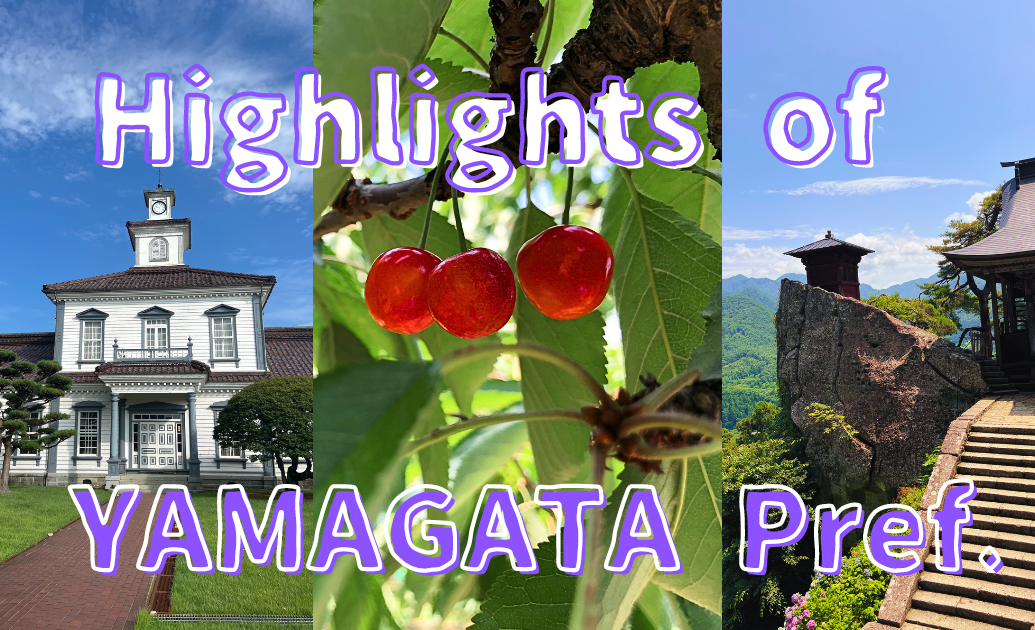Yamagata Prefecture faces the Sea of Japan, and the prefecture is divided into four regions: Shonai, Mogami, Murakami, and Okitama. Characteristically, the weather conditions are harsh, with hot summers and heavy snowfalls in winter. The prefecture is famous for its fruit trees, especially cherries, which account for more than 70% of the national share. Blessed with a natural environment, historical sites, and unique cuisine, Yamagata Prefecture is the perfect destination for your next trip!
Shonai
The area on the Sea of Japan side is called “Shonai. During the Edo period, this area prospered from “Kitamae-bune,” merchant ships that traveled to and from Kamigata (Kyoto and Osaka). Tsuruoka was the central city of the Shonai domain during the Edo period. Dewa Sanzan (Three Mountains of Dewa) are the mountains of Shugen (mountain asceticism) and have been worshipped from ancient times to the present day.
Tsuruoka
As the center of the Shonai Domain during the Edo period, the city retains traces of its history to this day. At the Chido Museum, visitors can see a beautiful blend of Japanese and Western architecture. A little outside the center of the city, but facing the Sea of Japan, is a distinctive aquarium. The Kamo Aquarium is known worldwide for its jellyfish exhibit.
Dewa Sanzan (Three Mountains of Dewa)
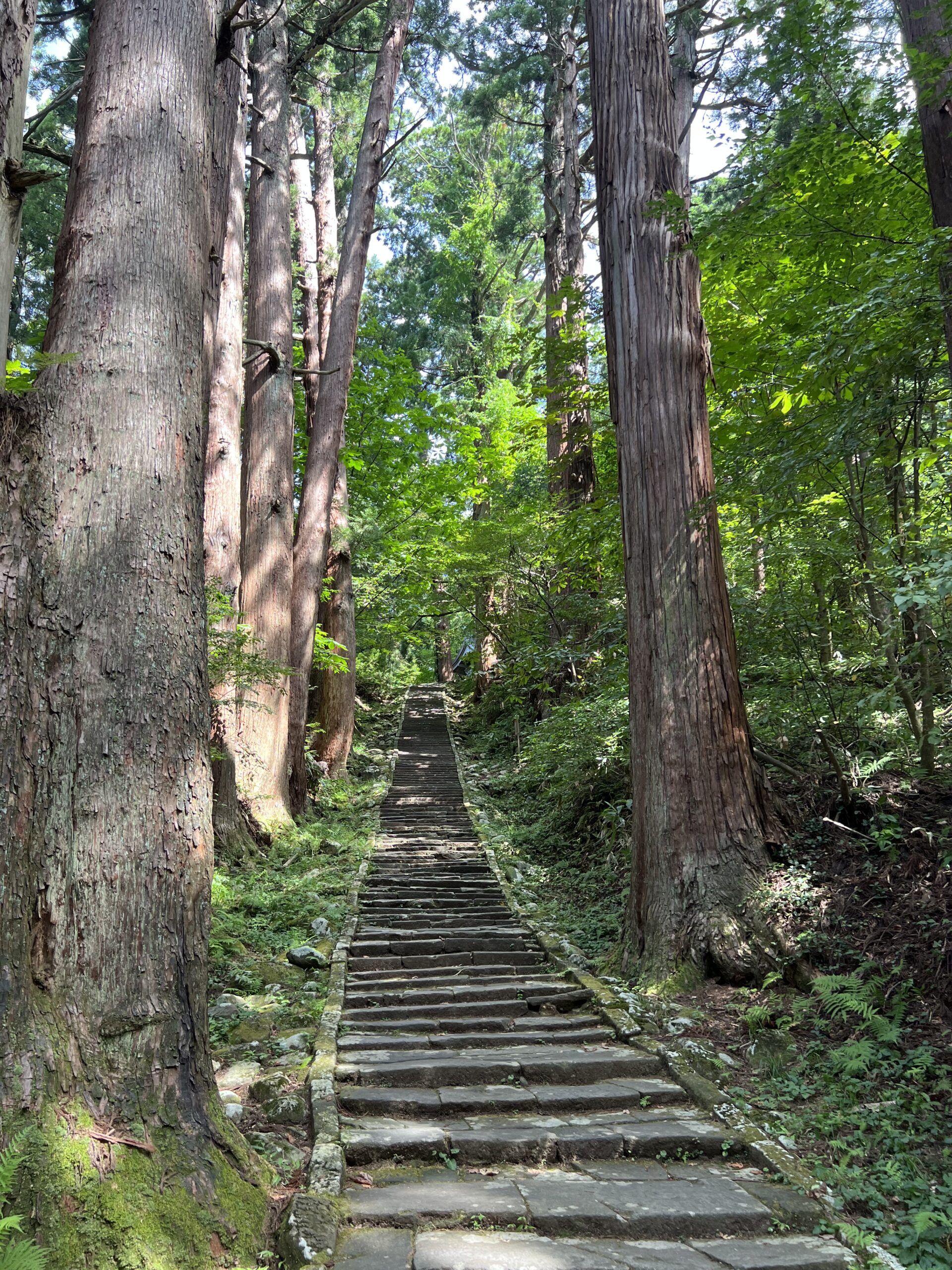
The three mountains in Shonai, Yamagata Prefecture, called “Dewa Sanzan” (the three mountains of Dewa): Mt. Gassan, Mt Yudono, and Mt Haguro. These are mountains of mountain worship and ascetic practices. Mt. Haguro is particularly attractive for sightseeing because of its five-story pagoda, Dewa Sanzan Shrine, and stone steps.
Mogami
The Mogami region is surrounded on all sides by high and steep mountains such as Chokaisan, Gassan, and Kamimuro-renpo, leaving behind many deep virgin forests, and is known as one of the “villages of giant trees” in Japan.
Mogami Gorge
Mogami Gorge boasts the best scenery in the Mogami River basin, the mother river of Yamagata Prefecture. Visitors can enjoy the magnificent scenery with mountains looming on both banks. The best time to visit is in winter, when the scenery changes from season to season. You can enjoy the monochrome world like an ink painting while boating down the river.
Murakami
The Murakami region is centered around Yamagata City, the prefectural capital. Higashine and Sagae are the leading cherry-growing areas in the prefecture. The hot spring resorts of Kaminoyama, Zao, Tendo, and Ginzan, which are representative of Yamagata Prefecture, are also located in this region. The foot of Mt. Zao extends into Miyagi Prefecture, which is famous for its ski resorts with good quality snow in winter.
Yamagata City
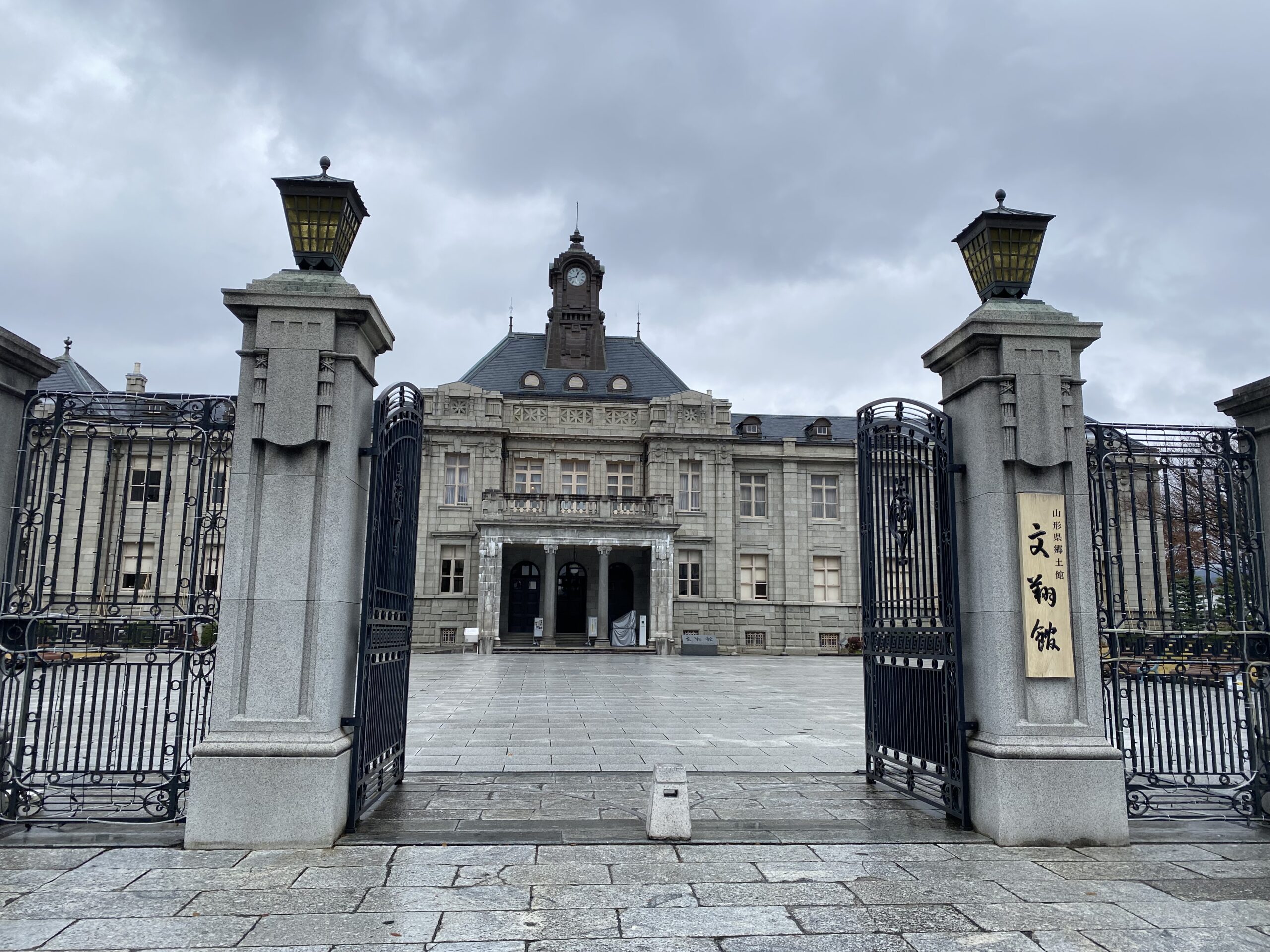
Yamagata City is the capital of Yamagata Prefecture, and retains the vestiges of the Edo period in Kasumijo Park and Nanokaicho-dori Street. The Bunshokan Museum is a must-see spot. It is attractive that you can look around the large site for free. There is also a café if you get tired. Nearby are Zao Onsen, a famous ski resort, and Tendo Onsen, famous for the production of Shogi (Japanese chess) pieces.
Ginzan Onsen
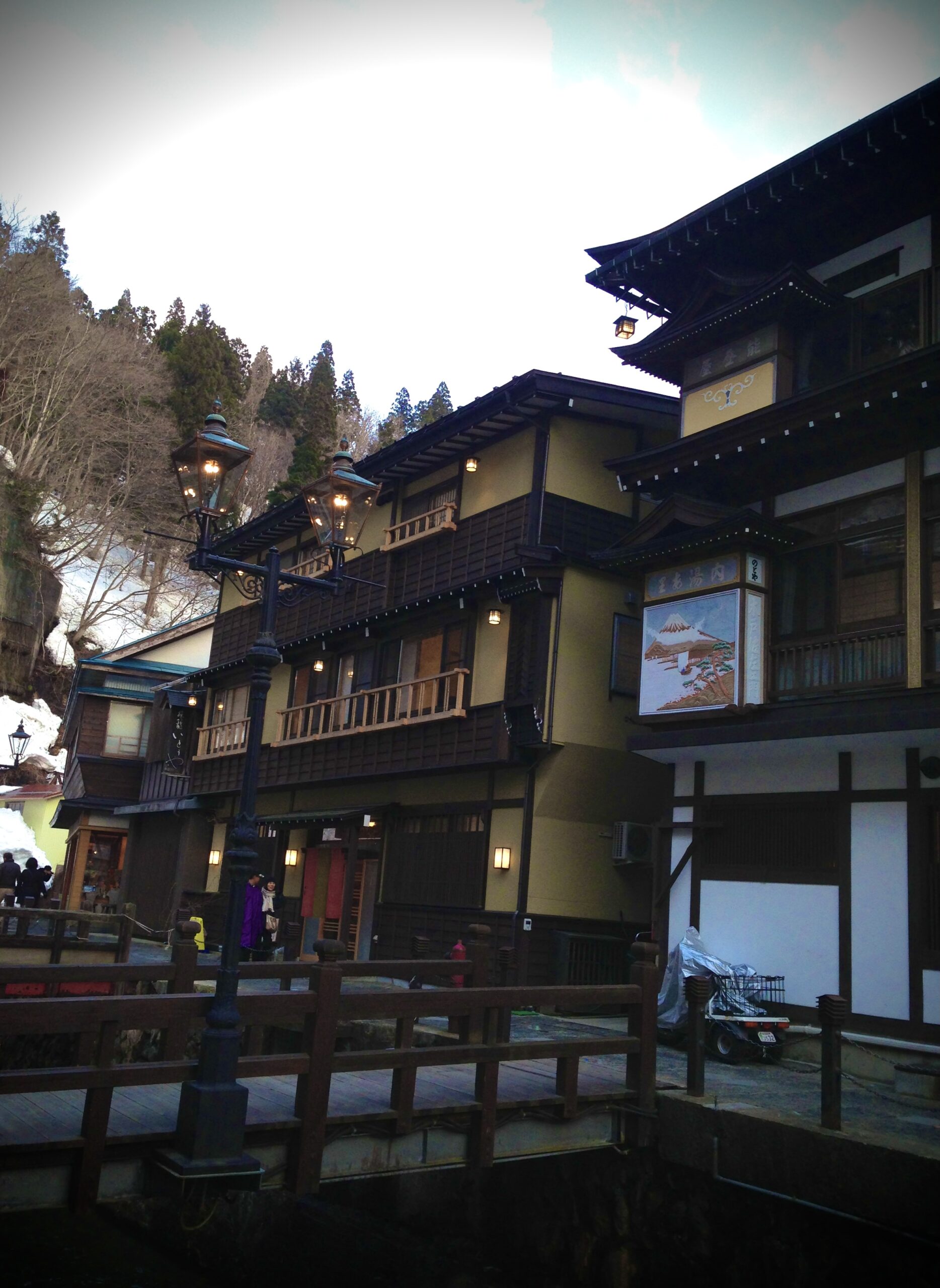
A retro hot springs resort along a river that appears in the mountains. When the gas lamps are lit and snow falls on the ground, it is a perfect scene. It is popular as a photogenic place that retains the atmosphere of the Taisho era. It is especially popular during the snowy season, when the onsen ryokan are always fully booked. Early reservations are recommended!
Rakuten Travel is recommended for reservations at ryokans in Ginzan Onsen! It is the Japanese reservation site I always use.
Kaminoyama Onsen
A hot spring resort located in the castle town. Naraka-juku is the place to visit when you come here. Tama konnyaku is a well-known Yamagata specialty, but the konnyaku here is especially delicious. Try the many kinds of konnyaku prepared with ingenuity!
Okitama
The Okitama region is located inland in the southern part of Yamagata Prefecture. The region’s charm lies in the seasonal flowers and food culture brought about by its rich nature.
Yonezawa
Yonezawa is known as the area ruled by Kenshin Uesugi, a military commander in the Warring States period. Remnants of his reign can be seen at Uesugi Shrine and the ruins of Yonezawa Castle. The Yonezawa beef brand is also well known, and there are many restaurants in the city where you can taste Yonezawa beef.
Recommended Souvenirs
Cherry
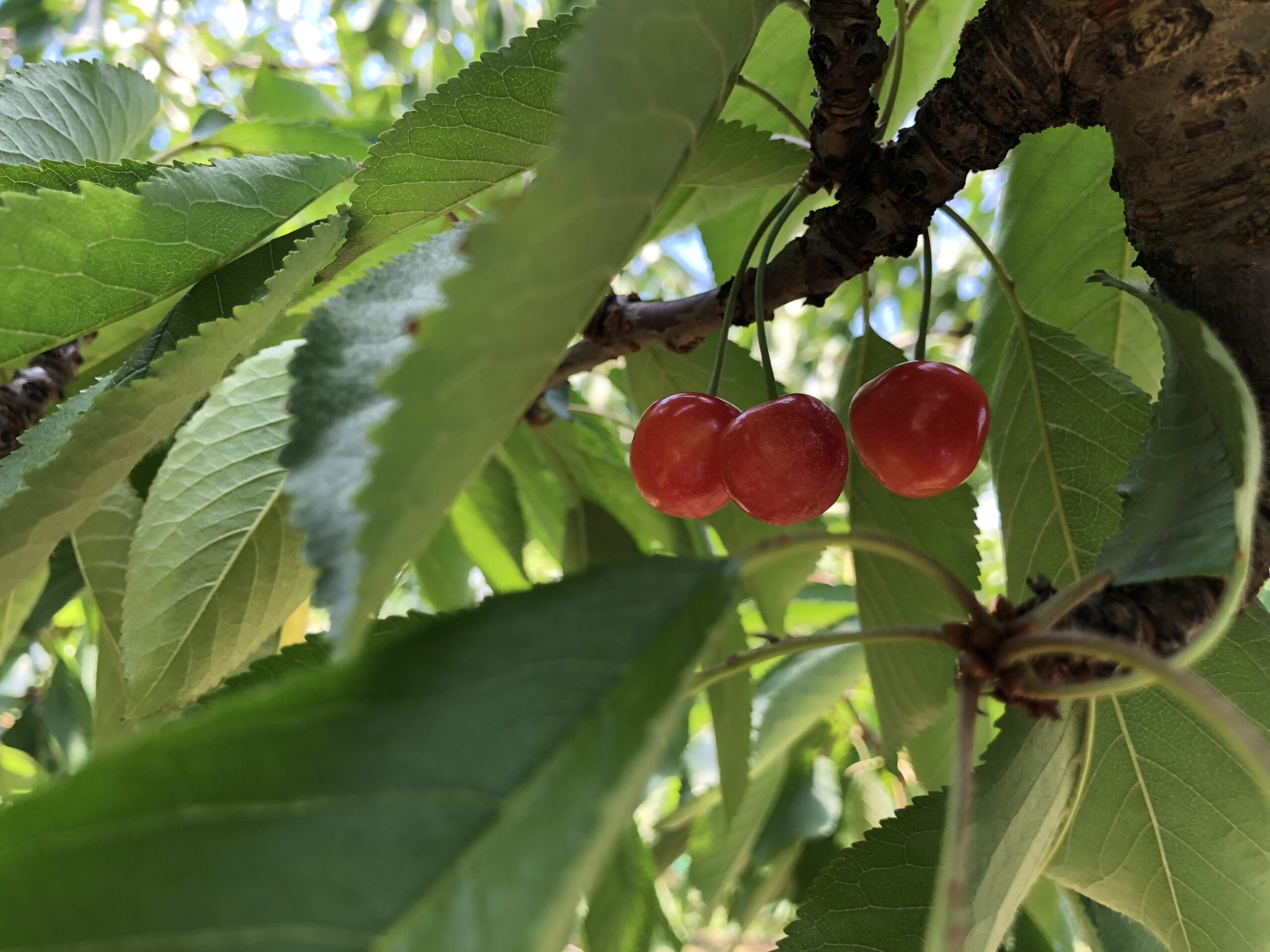
Sato Nishiki, the pride of Yamagata Prefecture, is a sweet and delicious brand of cherries. Fresh and inexpensive cherries are available in Yamagata Prefecture around June, when cherries are in season. Cherry picking is also popular, and for about 3,000 yen per person at orchards around the prefecture, visitors can pick cherries with their own hands and eat as many as they like. Although fresh cherries are not available outside of the season, there are many sweets made from cherries available for purchase, so give these a try.
Beef Domanna Bento
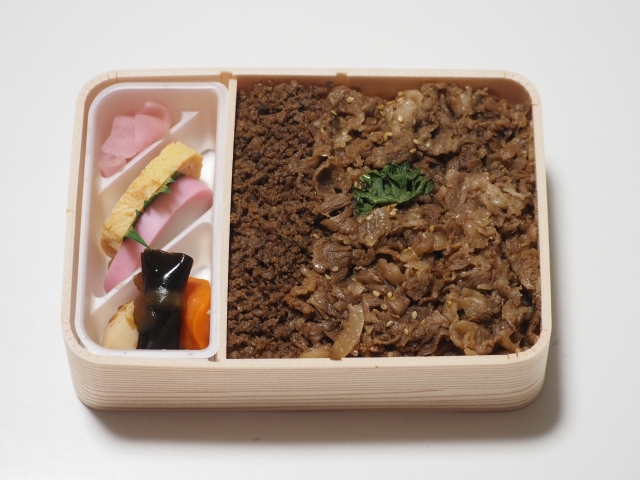
The very popular ekiben “Beef Domannaka” has a store at Yonezawa Station. The sweet and spicy beef goes well with the prefectural rice. It is one of my favorite ekiben. Nowadays, it is also available at Tokyo Station, but the best part is that you can buy it freshly made at the store in front of Yonezawa Station. Ekiben are sold cold and still taste good, but the freshly made bentos available here are warm.
My Favorites♥
Have you ever heard of a snack called ”senbei”? It is made from rice and baked thinly like a cracker. There are various types, such as those using wheat flour or starch as ingredients, and those fried in oil without baking.
It is said that it was not so long ago, during the Meiji period (around 1900), that rice snacks took on their current form. Rice-based snacks must have suited the Japanese palate. Niigata and Yamagata, known as Japan’s rice-producing regions, are home to many rice cracker makers.
“Sakata Beika” and “Sagaeya” are two of Yamagata’s representative rice cracker makers. Sakata Beika’s “Holland Senbei” is very famous, especially in the Tohoku region. The rice crackers are made from rice grown in Shonai and are 3mm thin with a light texture. The name “Holland” has no particular connection to the country.
Sagaeya has its main store in Sagae City. The “Dadacha senbei” made with edamame (green soybeans) is delicious. The “Shimi-karisen” is a big hit, with limited quantities available for purchase, and online sales are also very popular, selling out quickly. You can sometimes buy them at Yamagata Station and Sendai Station, so if you find them, be sure to stop by!

